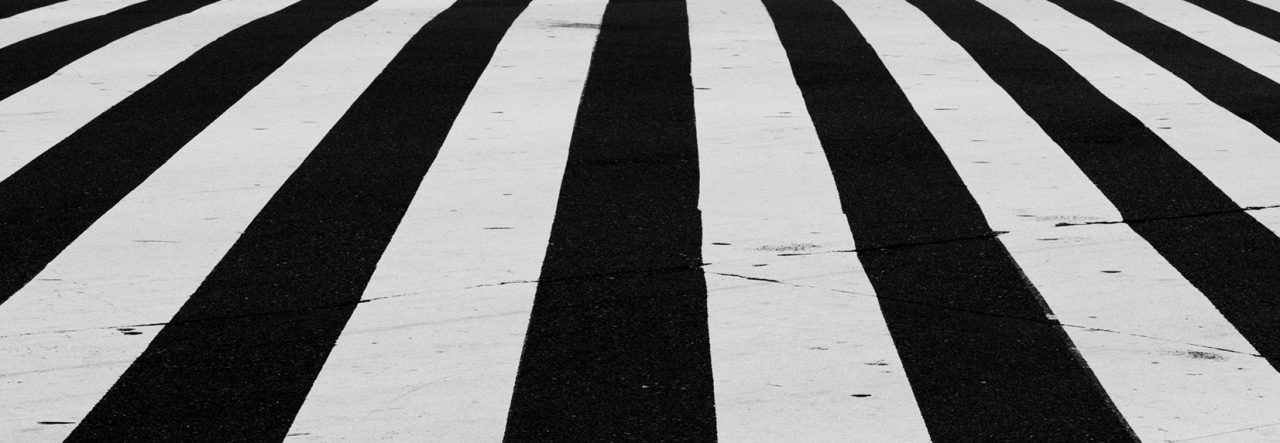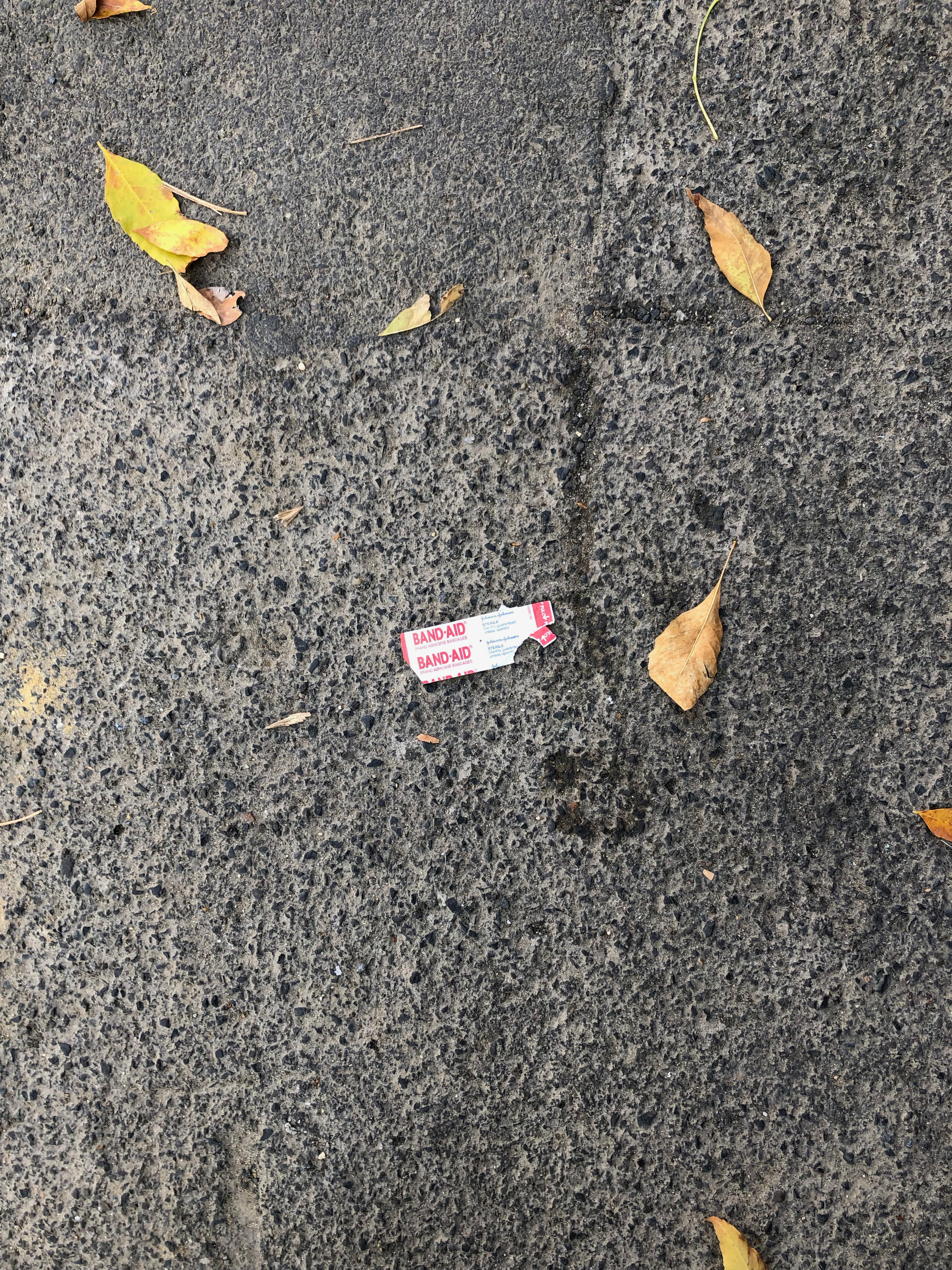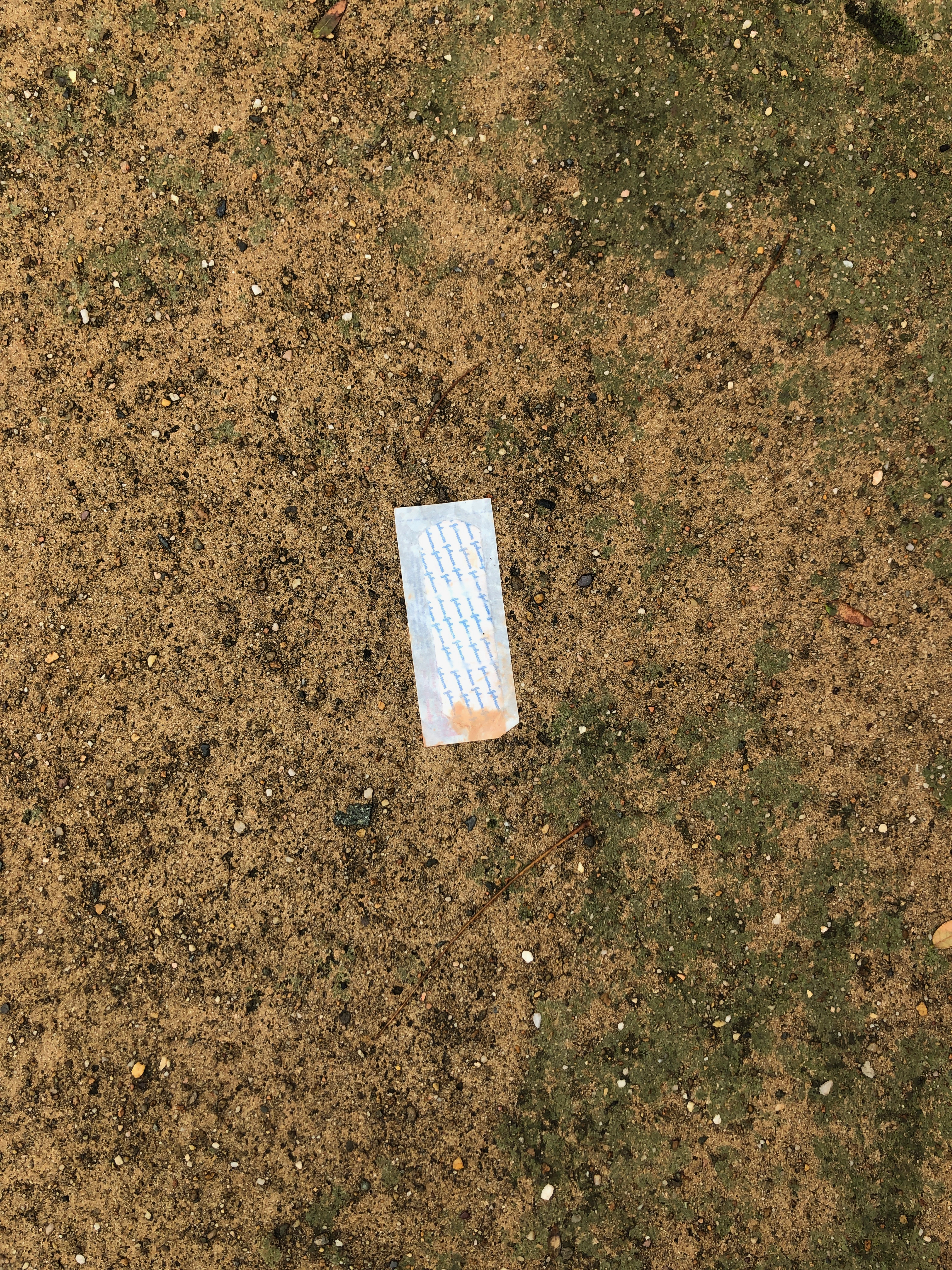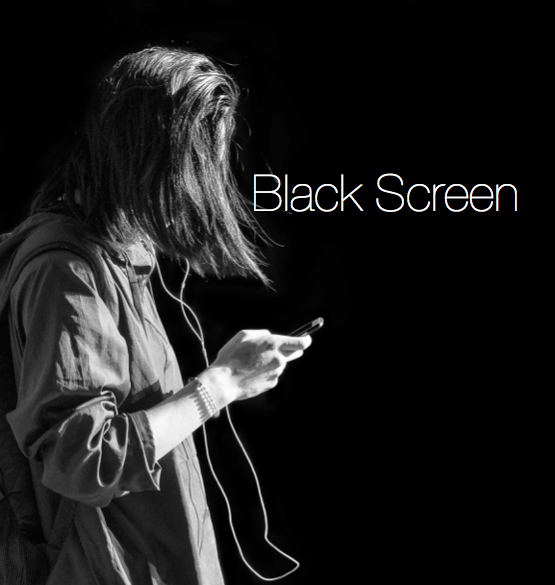Abstract:
In this article we want to question the adequacy of existing concepts and frameworks for understanding experiences with digital technologies in the Global South. First, we describe how concepts acquire value, positioning them within geographical, epistemic, and political realities. Second, we ask about the pertinence of these concepts in describing subaltern practices in the digital world. Third, we identify an urgent need to go beyond digital-centric research, to be attentive to the broader epidigital context from the perspective of marginalized populations. We conclude with a call to move beyond the topicalization of theories by developing new empirical and conceptual work that can represent the lived experiences of the digital subalterns, and thereby commence addressing gaps in existing epistemes.






